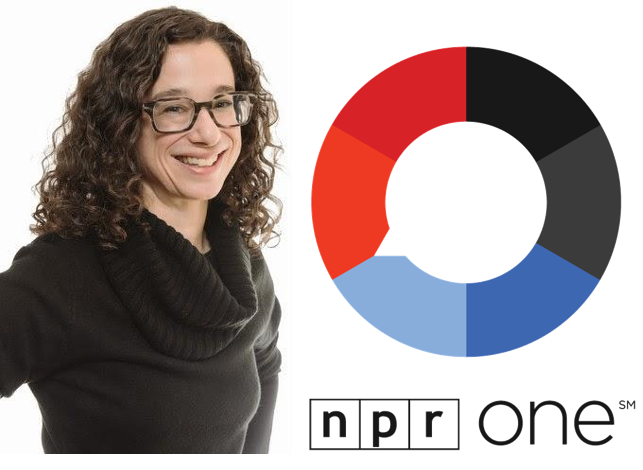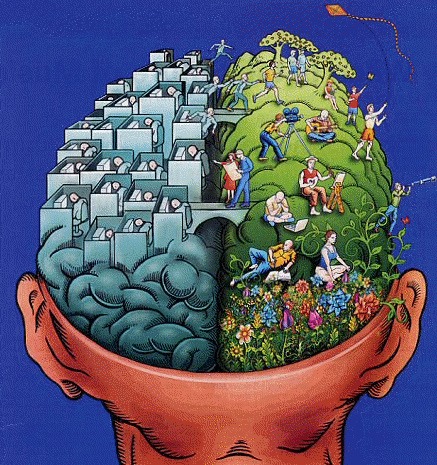 Last week, Gabe Bullard wrote a story in Nieman Lab that should cause everyone in podcasting – and radio – to take a deep breath and pause. The premise is whether new metrics from Apple will make podcasts better – or will it cause those who create them to clench up, tighten down, and eliminate much of the spontaneity and “wild west” quality that defines the space now?
Last week, Gabe Bullard wrote a story in Nieman Lab that should cause everyone in podcasting – and radio – to take a deep breath and pause. The premise is whether new metrics from Apple will make podcasts better – or will it cause those who create them to clench up, tighten down, and eliminate much of the spontaneity and “wild west” quality that defines the space now?
(To read about Apple’s new proposed metrics for podcasts, you can read a blog post from Seth Resler published last month here.)
And to make his story even more relatable to radio professionals, Bullard made the comparison to PPM’s impact on the sound of radio in the nation’s top 48 markets. (Hey, Canada, this impacts you, too.)
 In “Here’s what happened the last time audio producers got better data,” Bullard interviewed a number of people in and around both the radio and podcasting space: NPR One’s Tamar Charney, Mark Ramsey, WBUR’s Corey Lewis, Midroll’s Erik Diehn, and me.
In “Here’s what happened the last time audio producers got better data,” Bullard interviewed a number of people in and around both the radio and podcasting space: NPR One’s Tamar Charney, Mark Ramsey, WBUR’s Corey Lewis, Midroll’s Erik Diehn, and me.
It’s a tale of the left side of the brain (the hard numbers) and its impact on the right brain hemisphere (the creative side). Up to now, most podcasters have been leaning hard right, pretty much oblivious to data because of its scarcity.
So will podcasting content undergo editorial and content shifts as producers and talent become more aware of accurate usage data – and specifically, how consumers tune in and tune out of podcasts?
In the diary-to-PPM transition, the stark differences between what people said they were listening to, and their actual tune-in-tune-out behavior were what caught everyone’s attention. And that was quickly followed by Arbitron’s observations about how specific content execution could drive actions – more listening occasions versus “meter migration.”
But as we all learned – and in some cases, the hard way – a great show, a riveting personality, a compelling interview – can break “The PPM Rules” and do exceptionally well in metered measurement. We may never know how Howard Stern would have performed in a PPM setting, but my bet is that he’d be as wildly successful in today’s radio environment as he was back when the industry was measured with paper and pencil – or crayon.
And in fact, many of the top-rated stations across the country – both commercial and public – talk more, have more personality presence, and produce content that seemingly contradicts what PPM behavior suggests. They excel because they are compelling, connected, engaging, and in touch with their audiences. They provide unique alternatives to everything else around them, and they tend to be the most habit-forming stations in their markets. None of that shows up in any PPM “how to” manual or in Nielsen FAQs. Chances are, the podcasts sitting atop the charts a year from now will similarly break some china and a few rules along the way, too, even as Apple’s data come pouring out.
What PPM has done for radio – and what this new data will more likely do for podcasts – is make content creators more mindful of the listener’s time. In the Nieman Lab story, I talk about the unfortunate timing of PPM’s debut a decade ago. The Internet world was ramping up, Stern was reinvigorating Sirius, and the economy was beginning to falter. As the media world was getting more interesting and diverse, radio stations were clenching up, scaling back, and moving in the opposite direction.
But there was also another important factor at work none of us covered in the Nieman Lab piece – attention spans have been steadily decreasing. Consumers are more demanding of the entertainment and information around them. They automatically check the length of a video before playing it. They are less forgiving when hosts ramble during the first few minutes after a commercial break – or at the open of a podcast. They put up with less crap because there’s always something else out there to attract their deteriorating attention.
 That’s been born out in the PPM data – and it will most likely be the case as we see Apple’s stats later this year. In fact, NPR One data already shows very much the same thing. They won’t need Apple to confirm what they’ve already learned from story skipping behavior on their great app.
That’s been born out in the PPM data – and it will most likely be the case as we see Apple’s stats later this year. In fact, NPR One data already shows very much the same thing. They won’t need Apple to confirm what they’ve already learned from story skipping behavior on their great app.
As radio hosts and programmers – and now podcast producers – have learned, the data should help make podcasts more listenable, grabbing a listener at the outset, and generating higher usage and enjoyment along the way.
Today’s radio in the top 48 markets – however you subjectively judge its quality – is less sloppy, better prepped, and more respectful of a listener’s time. If that’s the net effect on podcasters when Apple begins rolling out its numbers, that’s not a bad thing. There are a lot of hot mess podcasts out there that will become more listenable and accessible with better production values, less rambling, and more focus.
As NPR One’s Tamar Charney noted in the Neiman Lab story, “”We’ve been able to help producers develop podcasts that hold listeners. That just makes the product better for everybody.”
In podcasting circles, I’ve listened to the ongoing debates about optimal length and other elements that up to this point, have been more about conjecture than truth. Apple’s data should be the start of confirming certain truths about actual listening behavior, ending some debates, but initiating others. As we learned from PPM, the metrics will also pose new questions about what apparently works to drive iTunes rank positions – as important to podcasters as Nielsen ratings are to broadcasters.
But I also suspect that data interpretation will continue to be in the minds of content producers. That is to say that as we’ve learned in  radio, creative programmers and producers simply get better with reliable data. It informs them, but does not dominate their creative or journalistic decision-making. That will very likely be the case as more data comes online that help us better understand podcasting.
radio, creative programmers and producers simply get better with reliable data. It informs them, but does not dominate their creative or journalistic decision-making. That will very likely be the case as more data comes online that help us better understand podcasting.
As I learned many years ago in my earliest days of conducting audience research for Frank Magid back in Marion, Iowa, data is the ultimate field-leveler. It provides a sobering look at the creative process that the truly talented can wisely utilize to make their programs – and podcasts – sound better. As my friend Tom Bender was fond of saying, well-produced research is “a gut adjustor,” helping creative types better understand how their content is being used perceived.
After spending time at Podcast Movement, and speaking with many podcasters over the past few years, great user data could be the catalyst that vaults podcasting into the mainstream.
Some left brain data will be welcome to the brightest right brain creatives.
The numbers won’t make us better – they’ll make us smarter.
The issue of data and its impact on the sound and commerce of podcasting will be a prime topic at this year’s Podcast Movement conference in Anaheim, August 23-25.
Jacobs Media has a special all-day track – “Broadcasters Meet Podcasters” – featuring a great series of sessions, panels, and keynotes from some of the biggest names in both radio and podcasting. More information about our agenda and conference details are available here.
- How Radio Can Create Its Own “TUDUMS” - February 4, 2025
- What’s Your Radio Station’s “TUDUM?” - February 3, 2025
- Appreciating What We Have (When Our Lives Aren’t In Jeopardy) - January 30, 2025




Leave a Reply